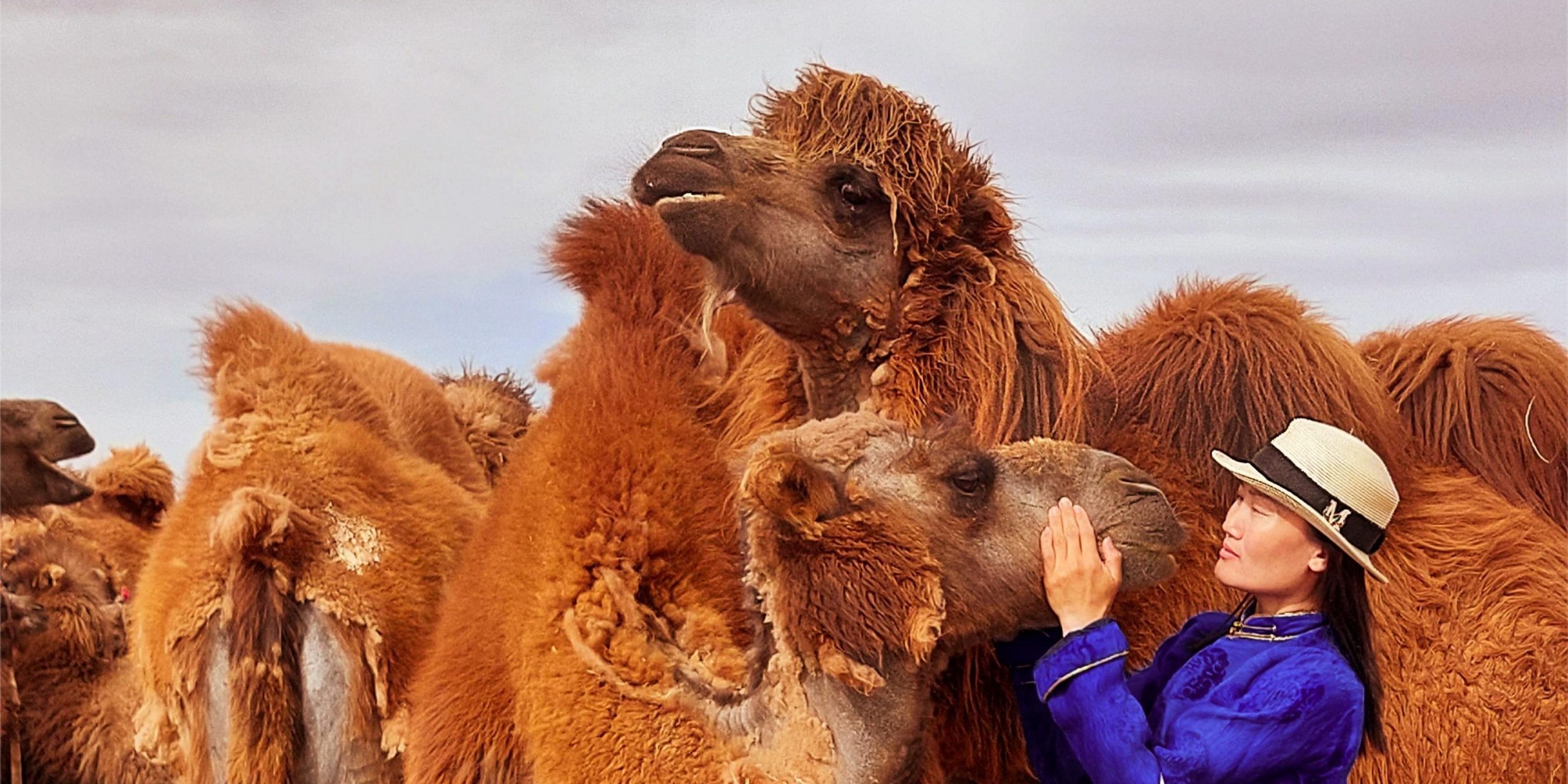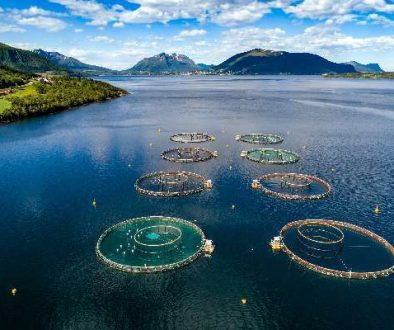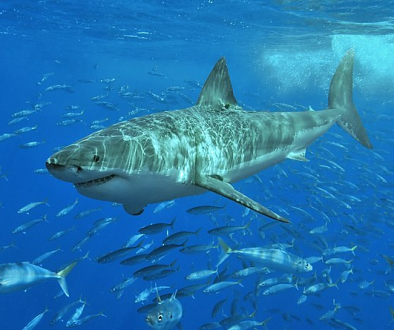The Suffering and Exploitation of Camels in Tourism and Dairy Production

The Suffering and Exploitation of Camels in Tourism and Dairy Production
Camels have long been associated with desert life and nomadic cultures. Known as “ships of the desert,” these remarkable animals are capable of surviving harsh environments, making them indispensable for transportation and trade in arid regions. However, in recent years, camels have been increasingly subjected to suffering and exploitation, particularly within the tourism industry and as sources of milk. While camels continue to serve as an essential means of transportation and livelihood in many parts of the world, the way they are treated in modern tourism and dairy production often leads to physical and emotional distress.
Camels as Tourist Attractions: Exploitation for Rides and Shows
In many countries, particularly in parts of the Middle East, North Africa, and South Asia, camels have been integrated into the tourism industry as a major attraction. Tourists flock to deserts or rural areas to ride camels, often without fully understanding the impact this has on the animals. Camel rides are marketed as an exciting, exotic experience, but the reality for the camels is far from glamorous.
One of the main concerns is the physical toll that carrying tourists takes on camels. Camel rides often involve long hours under the hot sun, carrying tourists for extended periods without adequate breaks or access to water. These animals, which are already adapted to hot, dry environments, are pushed beyond their limits. The weight of tourists and the rough handling can lead to injuries, exhaustion, and long-term stress. While camels are capable of enduring long journeys, this type of forced labor, combined with poor conditions, can severely affect their well-being.
In some cases, camels are subjected to harsh training methods to make them more docile and obedient. The use of painful equipment, such as nose ropes or heavy saddles, can cause physical harm and psychological trauma. The camels are often confined to tight spaces, unable to roam freely or engage in natural behaviors. The lack of proper care, including insufficient food and veterinary attention, adds to the suffering these animals endure for the sake of tourism.
The Dark Side of Camel Milk Production
Camel milk has become a popular product in some regions, particularly in the Middle East and parts of Africa, where it is valued for its nutritional benefits and medicinal properties. Female camels, as the primary producers of milk, are used for dairy farming in many areas. However, the dairy industry also contributes to the exploitation and suffering of camels.
In intensive camel dairies, camels are often kept in cramped, unhygienic conditions. They are sometimes forced to produce milk at high rates, leading to physical exhaustion. Female camels are often separated from their calves shortly after birth to maximize milk production for human consumption, which can have a traumatic effect on both the mother and her young. The separation can cause emotional distress, and the calves are often left to fend for themselves or sold into the market. This disrupts natural maternal bonds and has serious implications for the well-being of the animals.
Additionally, the milking process itself can be stressful for camels. In some cases, the milking is done using mechanical machines that may cause injury if not handled properly. Over-milking can also lead to health issues, including mastitis, which causes inflammation and infection of the udder. These practices are not only detrimental to the health of the camels but also contribute to their overall suffering.
The Lack of Legal Protections for Camels
One of the major issues contributing to the suffering of camels in tourism and dairy industries is the lack of legal protections. While there are some regulations in place to protect animals in various sectors, they are often poorly enforced or do not adequately address the specific needs of camels. Many countries lack comprehensive animal welfare laws that address the unique challenges faced by camels, particularly in industries where they are exploited for commercial gain.
In many places, camel welfare is not a priority, and these animals are viewed primarily as commodities. There is often a lack of awareness about the physical and emotional needs of camels, leading to widespread mistreatment. Without strong legal frameworks, camels continue to suffer in silence, forced to endure inhumane conditions for the sake of human profit.
Addressing the Problem: What Needs to Change
To improve the lives of camels, a multi-faceted approach is needed. First, there needs to be greater awareness of the suffering these animals endure in the tourism and dairy industries. Educating both the public and industry stakeholders about the physical and emotional needs of camels is essential in creating a more compassionate approach to their treatment.
Governments and international organizations should implement stronger animal welfare laws that specifically address the needs of camels. These laws should enforce better living conditions, provide regular veterinary care, and protect camels from exploitation in tourism and dairy production. Additionally, more sustainable and ethical alternatives for camel-based tourism should be developed, such as camel sanctuaries or wildlife tourism experiences that do not exploit the animals for profit.
Consumers also play a role in addressing the issue. Those who purchase camel milk or participate in camel rides should be encouraged to support businesses that prioritize animal welfare and ethical practices. By choosing to engage with responsible tourism and purchasing camel milk from ethical sources, consumers can contribute to improving the conditions for these animals.
Conclusion
While camels have historically been vital to human survival and have earned their place as iconic symbols of desert life, their current treatment in the tourism and dairy industries often leads to suffering and exploitation. From the harsh conditions of camel rides to the stresses of intensive milk production, these animals face significant challenges. By raising awareness, strengthening legal protections, and supporting ethical practices, we can work toward a future where camels are treated with the respect and care they deserve. Only then can these magnificent creatures truly live up to their status as symbols of endurance and resilience.


